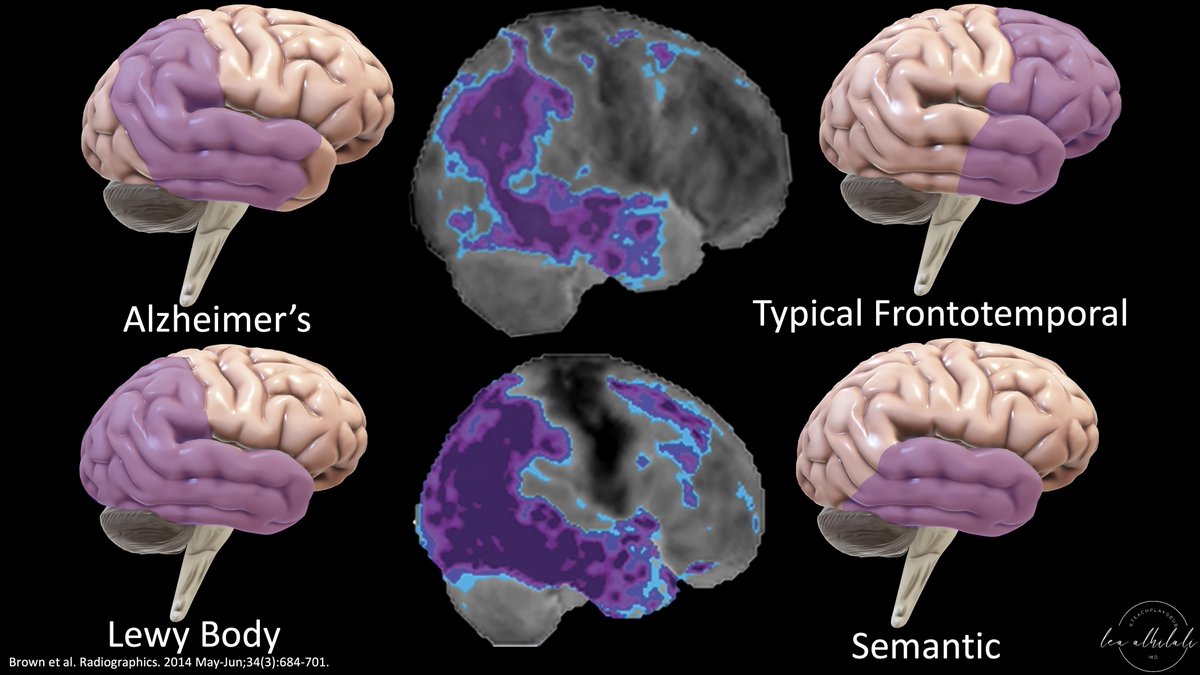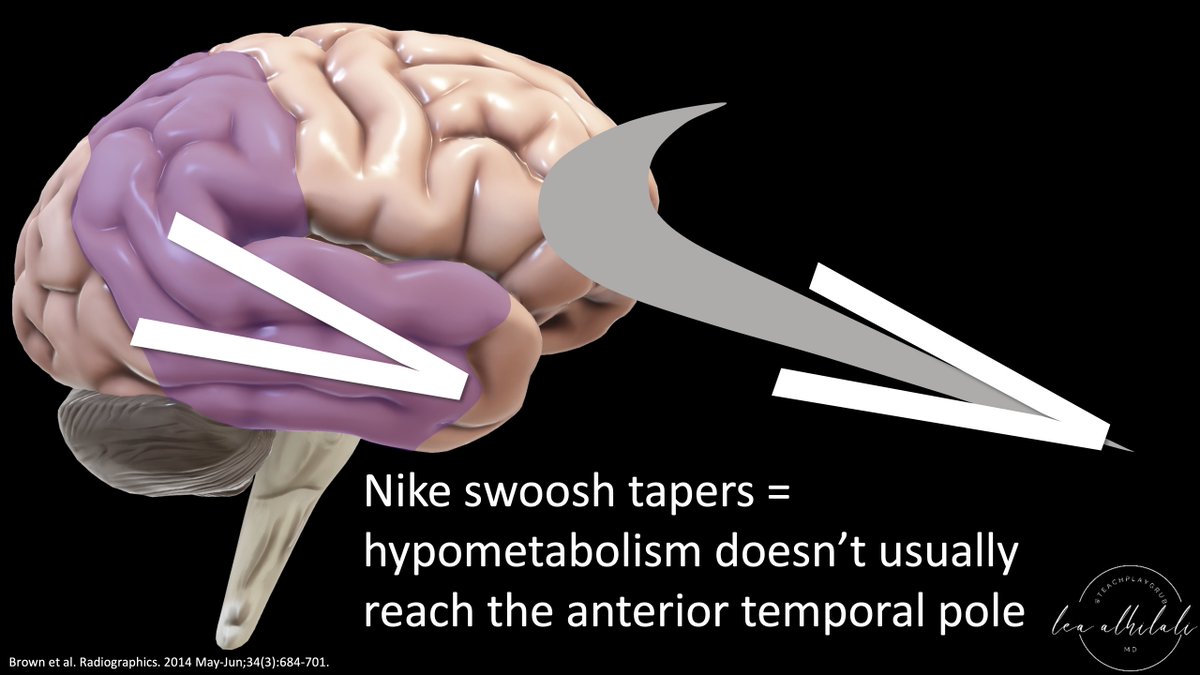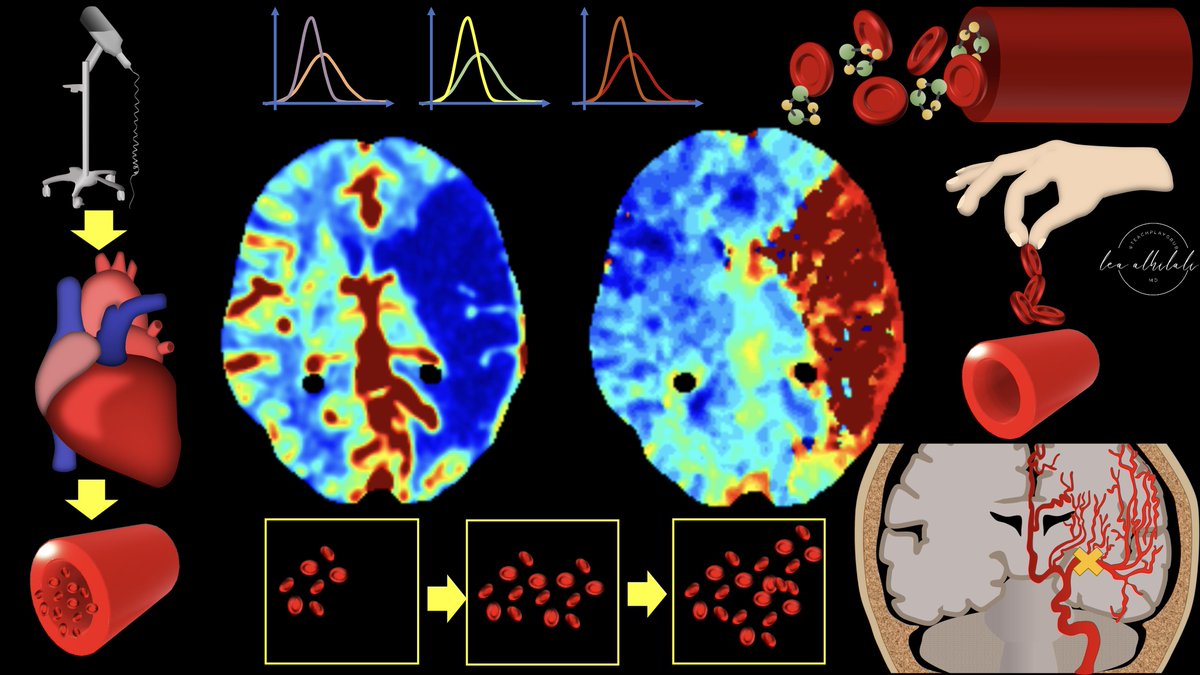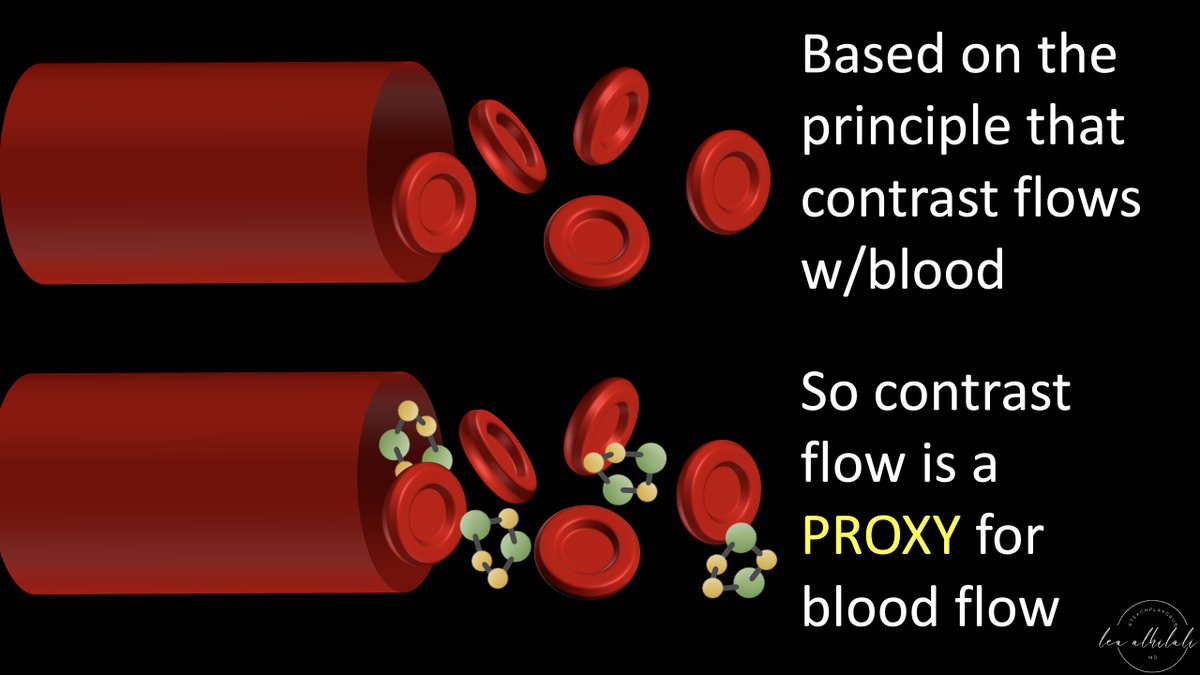1/The 90s called & wants its carotid imaging back!
It’s been 30 years--are you still on NASCET?
Feeling vulnerable about plaque vulnerability?
This month’s @theAJNR SCANtastic has what you need to know about carotid plaque
ajnr.org/content/46/10/…
It’s been 30 years--are you still on NASCET?
Feeling vulnerable about plaque vulnerability?
This month’s @theAJNR SCANtastic has what you need to know about carotid plaque
ajnr.org/content/46/10/…

2/Everyone knows the NASCET criteria:
If the patient is symptomatic & the greatest stenosis from the plaque is >70% of the diameter of normal distal lumen, patient will likely benefit from carotid endarterectomy
But that doesn’t mean the remaining patients are just fine!
If the patient is symptomatic & the greatest stenosis from the plaque is >70% of the diameter of normal distal lumen, patient will likely benefit from carotid endarterectomy
But that doesn’t mean the remaining patients are just fine!

3/Yes, carotid plaques resulting in high-grade stenosis are high risk
But assuming that stenosis is the only mechanism by which a carotid plaque is high risk is like assuming that the only way to kill someone is by strangulation.
But assuming that stenosis is the only mechanism by which a carotid plaque is high risk is like assuming that the only way to kill someone is by strangulation.

4/Carotid disease not only harms by strangulation (stenosis), but also by serving as a source of emboli
A gun isn’t less dangerous bc it shoots from a distance—similarly, a plaque without stenosis is still dangerous if it causes emboli, even if the harm is from a distance
A gun isn’t less dangerous bc it shoots from a distance—similarly, a plaque without stenosis is still dangerous if it causes emboli, even if the harm is from a distance

5/So how can we tell which plaques are high risk for emboli stroke and which are stable?
Well, we need to need to leave NASCET behind and look at the plaque itself for clues
Well, we need to need to leave NASCET behind and look at the plaque itself for clues

6/We can use carotid plaque-RADS, which has been adapted for CTA, bc that is the modality we are most often evaluating carotid plaques on! 

7/Type 1 = no plaque.
This is easy to remember bc the number 1 looks like a smooth straight vessel with no plaque!
This is easy to remember bc the number 1 looks like a smooth straight vessel with no plaque!

8/Type 2 = plaque thickness < 3mm & no signs of vulnerability (ulceration)
You can remember this bc 2 is less than 3 & the curve of the number 2 mimics a smooth, non ulcerated plaque.
You can remember this bc 2 is less than 3 & the curve of the number 2 mimics a smooth, non ulcerated plaque.

9/Type 3 = plaque thickness >3mm or ulceration
Remember 3 is greater than 3!
And the scooped out part of the number 3 looks like scooped out ulceration!
Remember 3 is greater than 3!
And the scooped out part of the number 3 looks like scooped out ulceration!

10/Type 4 = plaque hemorrhage or intraluminal thrombus
You can remember this bc the pointy part of the number 4 looks like pointy thrombus pointing into the lumen
You can remember this bc the pointy part of the number 4 looks like pointy thrombus pointing into the lumen

11/You can also remember that type 4 is for plaque hemorrhage bc the number four has a hole in the middle—just like the hole blasted in a plaque by intraplaque hemorrhage 

12/In this month’s @theAJNR, Saba et al. found that this scoring system was highly reproducible among intermediate & experienced readers.
But like all things radiology—there was a learning curve for inexperienced readers.
But like all things radiology—there was a learning curve for inexperienced readers.

13/So go beyond NASCET!
Hopefully, now you’ll never feel vulnerable about vulnerable carotid plaque!
Follow @theAJNR and check it out for yourself:
ajnr.org/content/46/10/…
Hopefully, now you’ll never feel vulnerable about vulnerable carotid plaque!
Follow @theAJNR and check it out for yourself:
ajnr.org/content/46/10/…

• • •
Missing some Tweet in this thread? You can try to
force a refresh






















